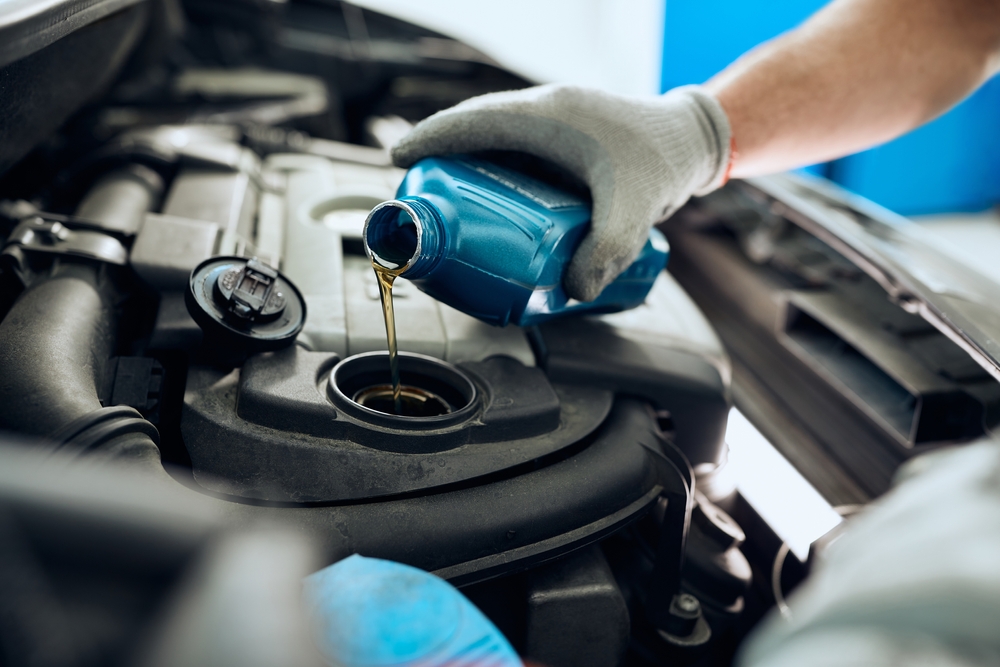Introduction:
Maintaining your car can seem like a daunting task, but fear not! With the right knowledge and a little elbow grease, you can tackle many common car issues and perform routine maintenance tasks yourself. Not only does DIY car care save you money, but it also gives you a deeper understanding of your vehicle and a sense of accomplishment. In this guide, we’ll explore some simple fixes and maintenance tasks that any car owner can do without needing advanced mechanical skills or expensive tools.
1. Oil Change:
Regularly changing the oil is among the most crucial maintenance tasks for your vehicle. You’ll need an oil filter wrench, a drain pan, and the appropriate oil for your vehicle. Start by locating the oil drain plug under your car, removing it, and allowing the old oil to drain completely. Then, remove and replace the oil filter before reinstalling the drain plug and filling the engine with fresh oil to the recommended level. Consistent oil changes help maintain smooth engine operation and extend its longevity.

2. Changing Spark Plugs:
If your car is running rough or experiencing misfires, faulty spark plugs could be the culprit. Changing spark plugs is a relatively simple task that requires a socket wrench and a spark plug gap tool. Consult your car’s manual to locate the spark plugs, remove the ignition coils or spark plug wires, and use the socket wrench to unscrew the old plugs. Before installing the new plugs, check and adjust the gap if necessary. Finally, reinstall the ignition coils or wires, ensuring they are secure. New spark plugs can improve engine performance and fuel efficiency.
3. Replacing Air Filters:
Proper engine function and fuel efficiency rely on having a clean air filter. Fortunately, replacing an air filter is a straightforward task that requires no special tools. Open the hood of your car and locate the air filter housing, usually found near the engine. Detach or loosen the housing to reach the old air filter. Remove the old filter and insert the new one, ensuring it is properly seated. Next, reconnect the housing and ensure it is firmly secured. Replacing your air filter regularly helps maintain engine performance and prolongs the life of your engine.
4. Checking and Topping Up Fluids:
Your car relies on various fluids to operate correctly, including coolant, brake fluid, transmission fluid, and power steering fluid. Periodically checking these fluids and topping them up as needed is crucial for maintaining your vehicle’s performance and safety. Consult your car’s manual to locate the reservoirs for each fluid, then use a dipstick or sight glass to check the fluid levels. If any fluid is low, add the appropriate type until it reaches the recommended level. Regular fluid checks and top-ups help prevent damage and ensure your car operates smoothly.
5. Replacing Wiper Blades:
Over time, windshield wiper blades can wear out and become less effective, compromising your visibility in inclement weather. Fortunately, replacing wiper blades is a quick and easy task that requires no special tools. Lift the wiper arms away from the windshield and locate the release tab or clip on the wiper blade assembly. Depress the tab and slide the old wiper blade off the arm, then attach the new blade by following the manufacturer’s instructions. Lower the wiper arm back onto the windshield, and repeat the process for the other blade if necessary. Fresh wiper blades ensure clear visibility and safer driving.
6. Inspecting and Rotating Tires:
Regular tire maintenance is essential for optimal performance, fuel efficiency, and safety. Start by visually inspecting your tires for signs of wear, damage, or uneven tread wear, which could indicate alignment or suspension issues. Use a tire pressure gauge to check the air pressure in each tire, and adjust as needed to meet the manufacturer’s recommendations.Moreover, regularly rotating your tires promotes uniform wear and prolongs their lifespan. Consult your car’s manual for the recommended rotation pattern and use a jack and jack stands to lift the vehicle safely while swapping the tires.
7. Inspecting and Replacing Brake Pads:
Your car’s brake system is vital for your safety on the road, so it’s crucial to keep it in top condition. Inspecting and replacing brake pads is a task that, while slightly more involved than some other maintenance items, is still manageable for many DIY enthusiasts. Start by safely lifting your car and removing the wheels to access the brake calipers. Inspect the brake pads for wear, looking for signs such as thinning or unevenness. If the pads are worn down to a thickness of 3mm or less, it’s time to replace them. Utilize either a C-clamp or a brake caliper tool to compress the caliper piston, creating space for the new pads. Then, remove the old pads and install the new ones, ensuring they are properly aligned. Finally, reassemble the brake caliper and wheel before repeating the process on the other wheels if necessary. Regular inspection and replacement of brake pads help maintain braking performance and ensure your safety on the road.

Conclusion:
Taking care of your car doesn’t have to be intimidating. By learning some basic maintenance tasks and investing a little time and effort, you can keep your vehicle running smoothly and save money on costly repairs. Whether it’s changing the oil, replacing spark plugs, or checking fluid levels, DIY car care empowers you to take control of your vehicle’s maintenance and ensure its longevity on the road. Get ready to get your hands dirty, gather your tools, and show your car the tender loving care it needs!

